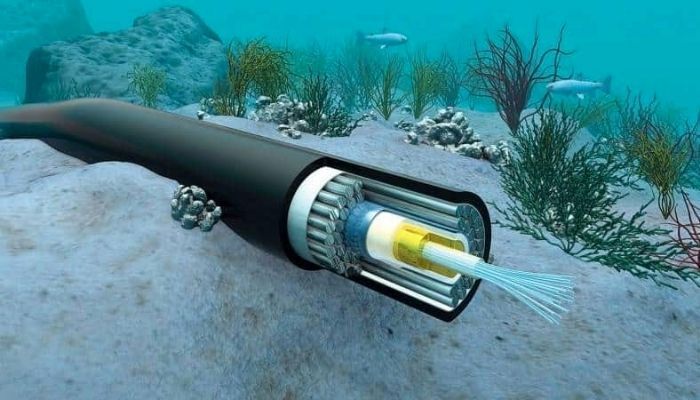2Africa Can Help Improve Digital Access in Kwazulu-Natal Province

The largest undersea cable in the world, 2Africa, is due to land in Amanzimtoti, KwaZulu-Natal, today. The cable is anticipated to be the engine that propels the digital economy in the region. The enormous underwater cable will link Africa, Europe, and Asia, has already made landfall in several regions of the nation. KwaZulu-Natal has become the newest shore to receive the 2Africa cable.
Subsea cable system 2Africa had arrived at the Vodacom network facility in Gqeberha, Eastern Cape, last month. Vodacom functions as the official landing partner in Gqeberha, providing the necessary infrastructure for the installation of the cable at an existing location in the Summerstrand region.
MTN SA and MTN GlobalConnect stated in December that the cable would land in the Western Cape towns of Yzerfontein and Duynefontein. In the upcoming months, the cable is anticipated to be installed in about 40 more places.
KwaZulu-Natal is at the forefront of innovation and is putting itself in position to become a digital technological powerhouse and South Africa’s capital of the fourth Industrial Revolution. At the Digital and Future Skills National Conference in November of last year, KZN Premier Nomusa Dube-Ncube declared that the province was making policy decisions to push the “smart province” through the fourth Industrial Revolution program in order to give people the skills necessary to use and create new technologies.
She claimed that one benefit of the Covid-19 epidemic was that it compelled swift use of online technologies.
The highly-anticipated subsea cable system is set to connect three billion people upon completion, representing 36% of the global population and connecting three continents: Africa, Europe and Asia. At 45 000km, it will be the longest subsea cable ever deployed, serving communities that rely on the internet for services from education, to healthcare and business, says the consortium.
In preparation for the landing in KwaZulu-Natal, last weekend, WIOCC hosted media on the ship laying the cable, to detail the significance of the project.
In an interview with broadcaster eNCA, Ryan Sher, from WIOCC Group, said: “This cable is fundamental to the core of the internet. There are cables like these all over the oceans all over the world, and these cables connect continents together.
“We are sitting in a cable ship now that is part of a massive project; one the biggest if not the biggest cable projects in history. The cable itself is 45 000km; it encircles the entire continent of Africa. This is a new generation of cables, bringing more capacity to the internet, and capabilities of internet to Africa.
“With more capacity, you get lower prices and increased speeds. Having capacity enables more applications, cloud services, streaming services – anything you can think of. The more capacity you have, the more the world opens up to the creative applications on the internet.”
The accumulation of technology resources is necessary not only to integrate the internet technologies into Enterprise Resource Management (ERP) but also to formulate an explicit strategy for the adoption and use of ICT have the potential to extend their activities on an international level. The arrival of the facility in Amanzimtoti will help to ensure that service providers are able to access international capacity and onward, domestic and intra-Africa connectivity on a fair and equitable basis.
